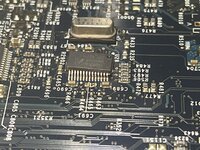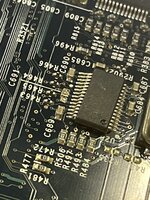jajan547
Well-known member
Hello everyone I appreciate any help anyone can provide. This component was lost on this board I am fixing for a friend and I have no clue what replacement to order or where to get it or what size and value I need. Thanks again!


